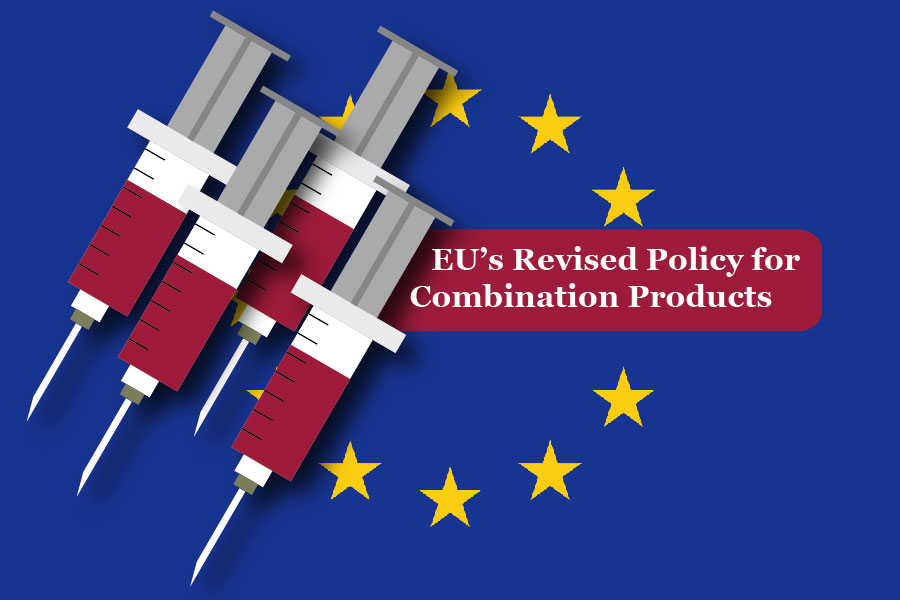The EU commission released a guidance document this week that explains the commission’s policies for transitioning of CE certificates for combination products and for devices manufactured using animal tissues under the medical device regulations.
Under the Medical Device Directives and the Active Implantable Medical Device Directives, devices with an ancillary medicinal product that would be considered a drug required a consultation or a review from the European Medicines Agency on the quality and safety of the medicinal product. The MDR utilizes the same approach, however, the notified body is required to verify the medicinal substance as part of the medical device taking into consideration the intended purpose of the device, and if required, consult a medicinal products authority designated by a Member State or the EMA on the quality and safety of the substance, including the benefit or risk of the incorporation of the substance into the device.1
The notified body is required to do so for both the initial conformity assessment of the device and for any subsequent changes to the ancillary substance, particularly related to changes in its manufacturing process.1
For devices which have already undergone such a consultation with the EMA, or a competent authority designated by a member state under the MDD, it is still necessary to undergo a full conformity assessment covering all requirements including an assessment of the EMA. There may have been no changes to the medicinal product or the manufacturing process, however the commission anticipates that there may be documentation changes due to the newly set requirements of the MDR.1
When such a consultation has been issued for medical devices containing animal tissues under the MDD, the MDR requires that the notified bodies carry out a consultation of the other competent authorities and the Commission who did such a consultation as part of their conformity assessment. 1
The regulations in the EU are constantly changing and if you need help with transitioning to the MDR, call us today at 248-987-4497 or email us at info@emmainternational.com.
1EU Commission (June 2020) Guidance on transitional provisions for consultations of authorities on devices incorporating a substance which may be considered a medicinal product and which has action ancillary to that of the device, as well as on devices manufactured using TSE susceptible animal tissues retrieved on 06/11/2020 from https://ec.europa.eu/docsroom/documents/41622?locale=en






